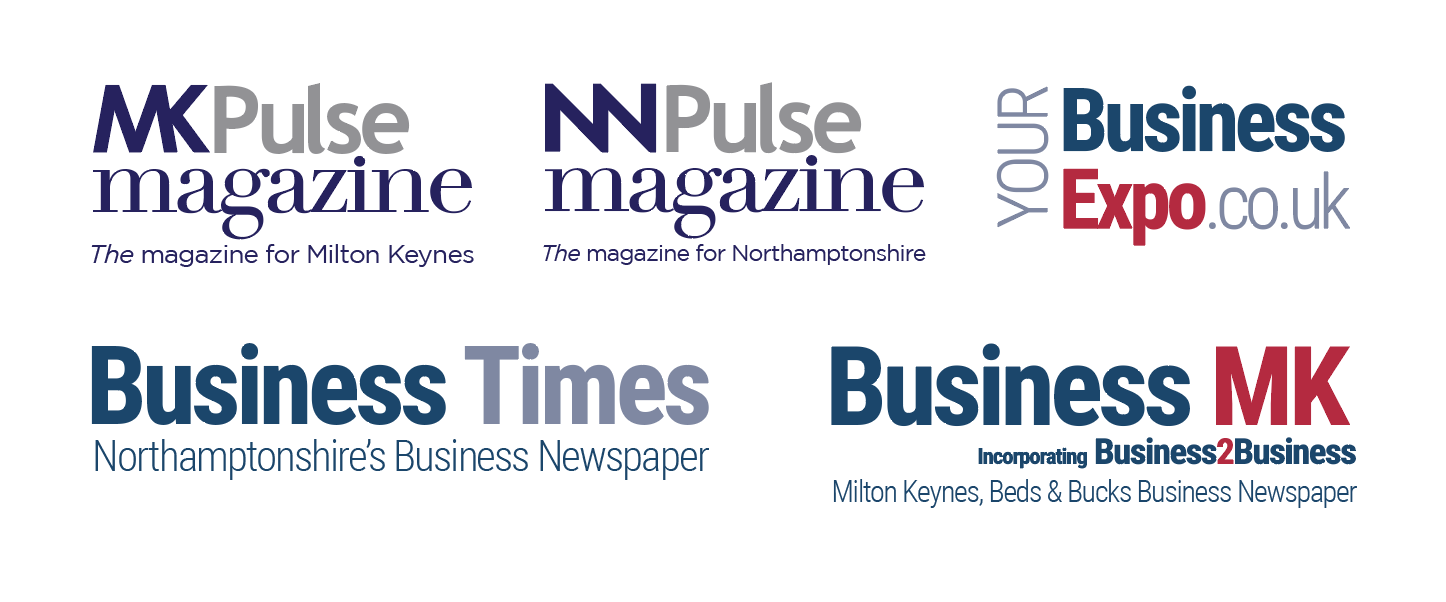Your 2020 Marketing Strategy Alphabet - Part I (A to M)
Posted on 10th March 2020
Whether you're launching a new business, or you’re already established, having a strong brand is important. Your customers will want to know who you are and what you’re like, as well as what you do, and there are plenty or ways to tell them.
For many small business owners the idea of creating a marketing strategy can seem daunting, but it needn’t be.
Here are our explanations of some terms you might hear and what they really mean for your business.
A is for...
Audience – no, you’re not at the theatre. Your audience is made up of the people who are important to your business success. As well as your customers, your audience will include other people like suppliers, finance providers and complementary businesses who need to know more about you.
It’s also for…
Analytics – keep track of your online performance with a free tool like Google Analytics.
B is for...
Brand – spend some time working out what is unique about your business and the service you offer. It’s important to tell people these things, as well as what you do.
It’s also for…
Blog – regular posts of engaging content for your target audience on your own website or a blogging platform will help to build your reputation. There are also free platforms like WordPress, Wix and Weebly.
C is for…
Conversion rate – this is often used to describe how many visitors to your website will buy from you, but it can include all types of business contacts such as telephone enquiries, networking referrals, or advertising response rates. It’s worth keeping track of how many contacts convert into sales because it will help you work out the best way to drive performance and to plan for the future.
D is for...
Data protection – you must respect people’s personal information and meet the requirements of the General Data Protection Regulation (GDPR). This means that you must have people’s permission to use their contact information for your marketing and they must be able to opt out at any time.
E is for...
Email marketing – almost three quarters of Millennials prefer to receive communications from businesses via email. Email marketing delivers a good return on your investment, so it’s worth including in your plans. It’s also a good way to keep in touch with potential new customers as well as existing customers. Try Mailchimp to get started.
F is for...
Funnel – this is the process that makes sure you always have new sales coming along the pipeline. It’s what your marketing strategy is really all about.
G is for...
Google My Business – setting up a Google My Business profile is worthwhile. It will help people in your local area find your business.
H is for...
Headings – often overlooked, your web pages should include different levels of headings that will help people and search engines understand what’s on each page. Most content management systems will help you do this.
I is for...
Inbound marketing – this is what you are doing when you give potential clients good reasons to contact you by providing valuable content and building a strong reputation.
J is for...
Jargon – avoid technical terms and acronyms or explain very clearly if you have to use them. Even for people who are familiar with your sector, content that is written in Plain English will always be more engaging.
K is for...
Keywords – these days most people start their buying journey with some online research. Keywords are terms people are likely to use when looking for your product or service. Make sure you use them consistently in your online activities to improve your chances of being discovered.
L is for...
Logo – this is an important part of your brand, so it’s worth taking time to make sure it represents your business really well.
M is for...
Mix – there are a lot of marketing tools that you can use, so you will need to think about which ones will work best and include these in your marketing mix. Make sure you also think about how to measure your results so that you know what works.
Adding printed advertising to your marketing strategy will help you to reach new audiences and to engage with them in different ways.
Please get in touch if you would like to discuss how advertising in Pulse magazine could contribute to your business success.
Share this post:






